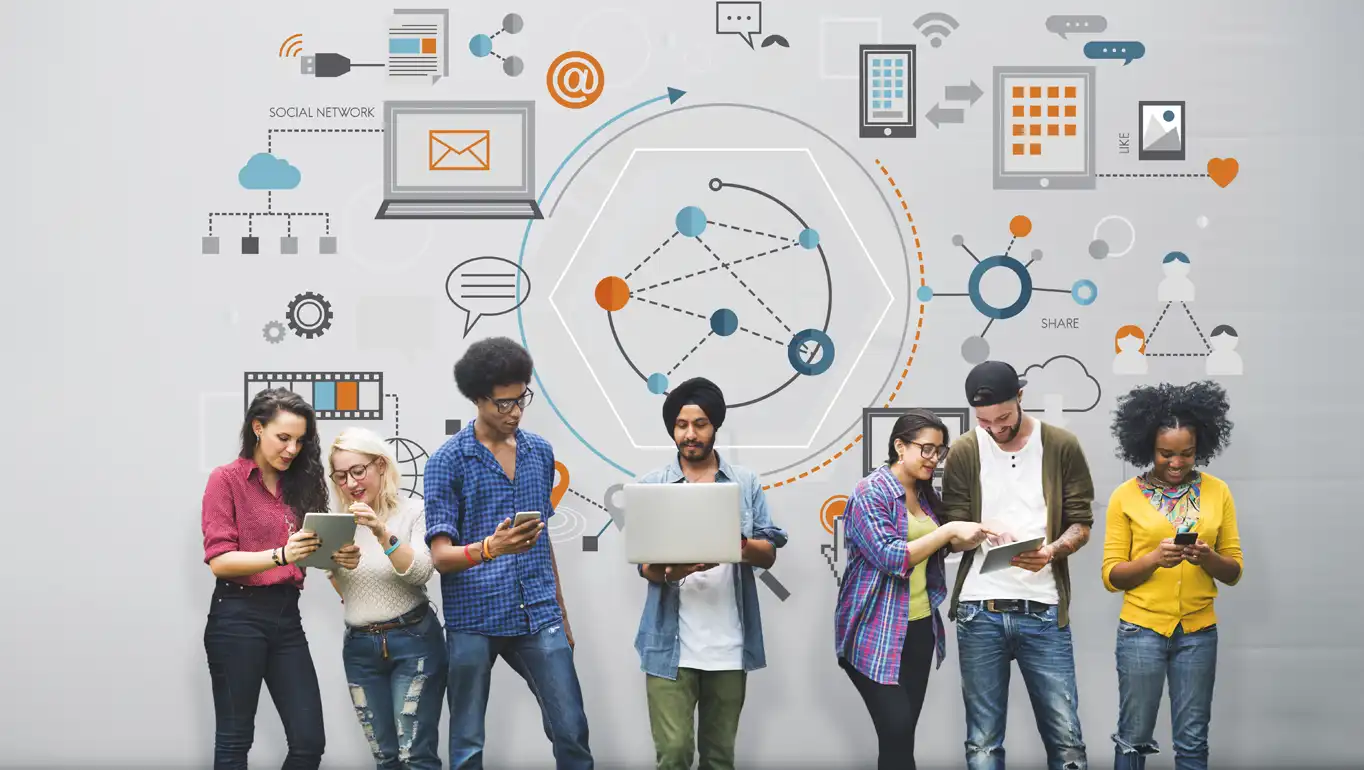For the thousands of people who work across the UN system globally, the idea of a single, unified identity has always been more abstract than reality. With over 30 organizations, independent processes, and different operational frameworks, forging a true sense of belonging—or even navigating basic administrative tasks—has been a complex and often disjointed experience. From onboarding to separation to simply visiting a colleague working for another organization, the lack of a shared identity framework has created inefficiencies and data fragmentation that stand in contrast to the vision of coherence and unity.
But what if this could change? What if your identity could be instantly and securely verified no matter where you were stationed, or which UN entity you worked for?
From an idea to a revolution
The UN Digital ID was born from an idea pitched by staff for staff—a bold vision submitted during the “Reimagine the UN Together Challenge” in 2020. In a compelling three-minute presentation, Massimiliano Merelli, then team lead at the World Food Programme (WFP) and now UN Digital ID Programme Director, unveiled a proposal for a system-wide digital identity. That idea didn’t just win—it sparked a digital transformation.
Sponsored by the High-Level Committee on Management (HLCM) and championed under the UN Secretary-General’s UN80 and UN 2.0 vision, the UN Digital ID is designed to be secure, portable, and interoperable across organizations. The UN Digital ID builds on UNJSPF’s Digital Certificate of Entitlement, integrating blockchain, biometrics, and mobile-first design to offer staff a seamless experience in managing and sharing their verified personal data.
Following the success of the innovation challenge, the initiative evolved into a fully chartered program. This was made possible through the invaluable support of six founding organizations – UN Secretariat, UNDP, UNHCR, UNICEF, UNJSPF, and WFP. The first phase delivered its minimum viable product in mid-2024, with a successful first-use case enabling retiring staff to instantly share verified data with the UN Joint Staff Pension Fund—significantly speeding up pension processing.
Since then, the program has gained momentum. The goal is to expand it across the entire UN system. Two additional use cases—verification of the BSAFE mandatory training and inter-agency movement entitlements—are being implemented and set to go live in mid-2025.
Looking ahead: What the future holds for the UN Digital ID
As the UN Digital ID program prepares to realize phase 2, excitement is building—not just because of the new use cases, but because of what’s on the horizon. Phase 3 is already in the works, with brainstorming underway. The next generation of use cases is expected to unlock even more value—from enabling direct payments via digital wallets, to providing secure access to UN buildings, and streamlining single sign-on for shared UN digital platforms. These are just some far-reaching ideas that will be considered by the program’s governance stakeholders.
This isn’t just about simplifying admin work. It’s about redefining what it means to be part of the UN family. It’s about creating a truly borderless digital ecosystem for a global workforce.
As Catherine Pollard, Under-Secretary-General for Management Strategy, Policy and Compliance and Executive Sponsor of the UN Digital ID Programme, reflects: “We’re not just building a tool—we’re building the foundation for a smarter, more connected UN.”



